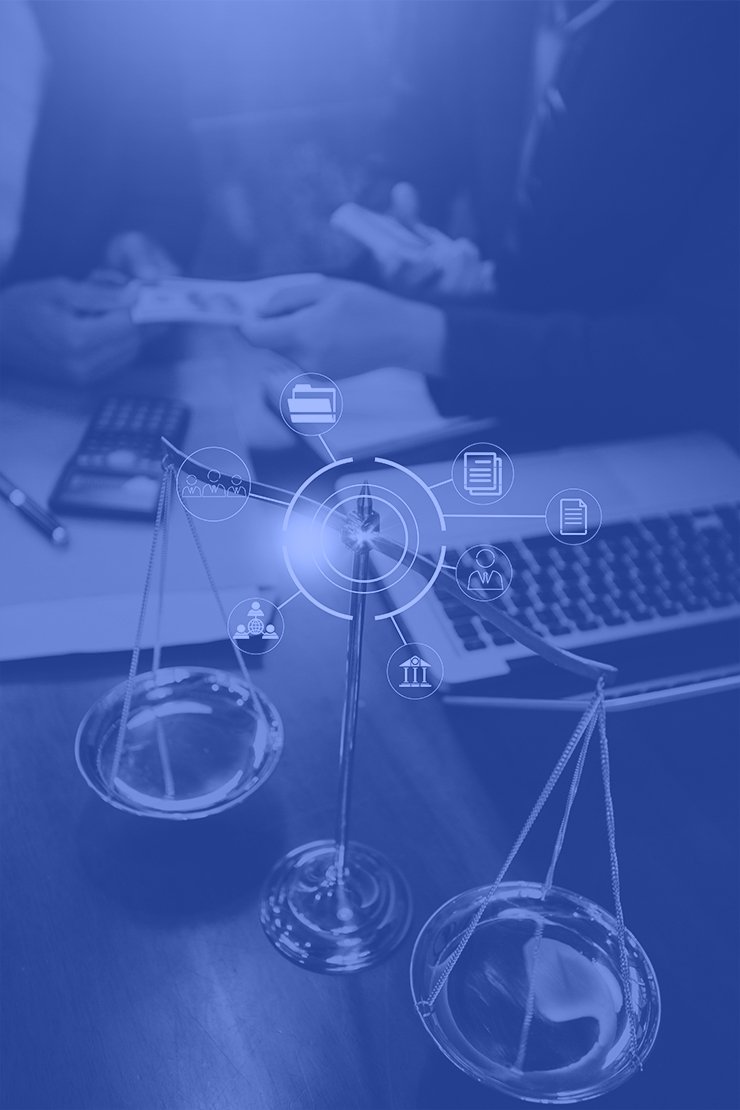
The role of medical translation in health care
The role of medical translation in health careMedical translation plays a crucial role in healthcare globally, as it bridges language gaps between medical professionals and patients who speak different languages, ensuring accurate understanding of diagnoses, treatments, and medical instructions.
These translations include complex medical reports, patient records, and medical research documents, and require extreme accuracy and specialized knowledge of medical terminology, because the translation process is not only the conversion of texts from one language to another, but rather a bridge that connects cultures and opens new horizons for international cooperation in the field of health care.
Through specialized translation offices such as “Linguistic Translation”, medical research translation services are provided with high efficiency, supporting the exchange of medical knowledge and innovations across borders, and ultimately facilitating the delivery of better healthcare to patients around the world.
The importance of accurate medical translation
Accuracy in medical translation is of high importance, as it is considered very important to ensure the effective and safe provision of health care. Translating medical reports and medical records requires a high level of experience and specialization, as any minor error may lead to serious consequences for the patient’s health.
For this reason, medical research translation offices must employ highly qualified translators with in-depth knowledge of the medical field, because a commitment to accuracy and detail enhances understanding of medical procedures, and helps provide correct guidance to patients and health professionals alike.
By ensuring the correct translation of medical documents, the quality of healthcare and patient safety can be enhanced, underscoring the vital role that medical translation plays in the global health system.
Medical translation challenges and how to overcome them
Medical translation challenges and how to overcome them
Medical translation faces multiple challenges or problems that require specialists in this field to adopt effective strategies to overcome them. The most prominent of these challenges is maintaining the required accuracy in light of linguistic complexities and specialized medical terminology.
Challenges also include understanding the patient’s cultural context and ensuring that the translation accurately reflects this, in addition to dealing with continuous updates in the medical field and the need to keep up with these developments. To overcome these challenges, medical translators must have strong research skills, undergo specialized training periodically, and be accredited. Reliable medical dictionaries and dictionaries, and close cooperation with experts in the medical field, and you can deal with the "Linguistic Translation Office", due to the availability of all of that.
Through these strategies, medical translators can provide accurate and useful translations that contribute to improving healthcare and enhancing communication between patients and health professionals. These points explain how to overcome medical challenges:
Maintaining accuracy and dealing with linguistic complexities.
Understand patients' cultural context and ensure it is accurately reflected in translations.
Keeping up with ongoing developments and updates in the medical field.
Have strong research skills to verify scientific accuracy.
Undergo specialized training periodically to improve skills.
Relying on reliable medical dictionaries and glossaries to ensure terminological accuracy.
Close cooperation with experts in the medical field to verify the authenticity of translations.
Develop a deep understanding of medical terminology and clinical procedures.
Work flexibly to adapt to the requirements of each particular translation project.
Using advanced technology in translation to enhance efficiency and accuracy.
Emphasizing confidentiality and protecting patient data at all times.
How to translate medical reports from the “Linguistic Translation” office?
Medical translation requires great accuracy in its translation, so we must always check and audit to ensure the integrity of the translation, and in the “Linguistic Translation” office we are aware of this, so we do the following:
Deep understanding of the source language and target language to ensure translation accuracy.
Thorough knowledge of medical terminology and clinical procedures related to reporting.
Use updated medical dictionaries and glossaries to verify correct terminology.
Check and expand on abbreviations to ensure they are understood correctly.
Maintain the format and layout of the original document as much as possible.
Translate accurately without adding or deleting any information from the original report.
Review of the translation by a medical professional to verify scientific and terminological accuracy.
Maintaining strict confidentiality of patient information throughout the translation process.
Use translation software to improve efficiency and standardize terminology.
Provide the translated document to the client with a certificate of accuracy if necessary.
Emphasize clarity and ease of language to facilitate the reader's understanding of the content.
Rely on experts in medical translation to obtain accurate and reliable results.
Take into account cultural and social differences that may affect the interpretation of information.
Continuously updating medical knowledge and translation skills to keep pace with developments in the medical field.
How to translate medical records with the “Linguistic Translation” office?
We at the “Linguistic Translation” Office are very keen to translate all medical documents correctly, and through the following points, you will be well aware of this:
Full knowledge of the source and target language to ensure accuracy and clarity.
Broad understanding of medical terminology for medical records.
Relying on approved medical dictionaries to verify the accuracy of terms.
Ensuring complete confidentiality of patient information during the translation process.
Verify medical abbreviations and fully explain them in translation.
Maintain the original format of the medical record as much as possible.
Avoid adding personal interpretations or unjustified changes to the original text.
Review the translation by a medical expert to ensure its validity and accuracy.
Use translation aids to increase accuracy and standardize terminology.
Submit the translation with a certificate confirming its accuracy and conformity to the original text.
Ensure clarity and ease of understanding to facilitate the use of records by interested parties.
Continue to update knowledge of medical terminology and new developments in the field.
Taking into account cultural differences





